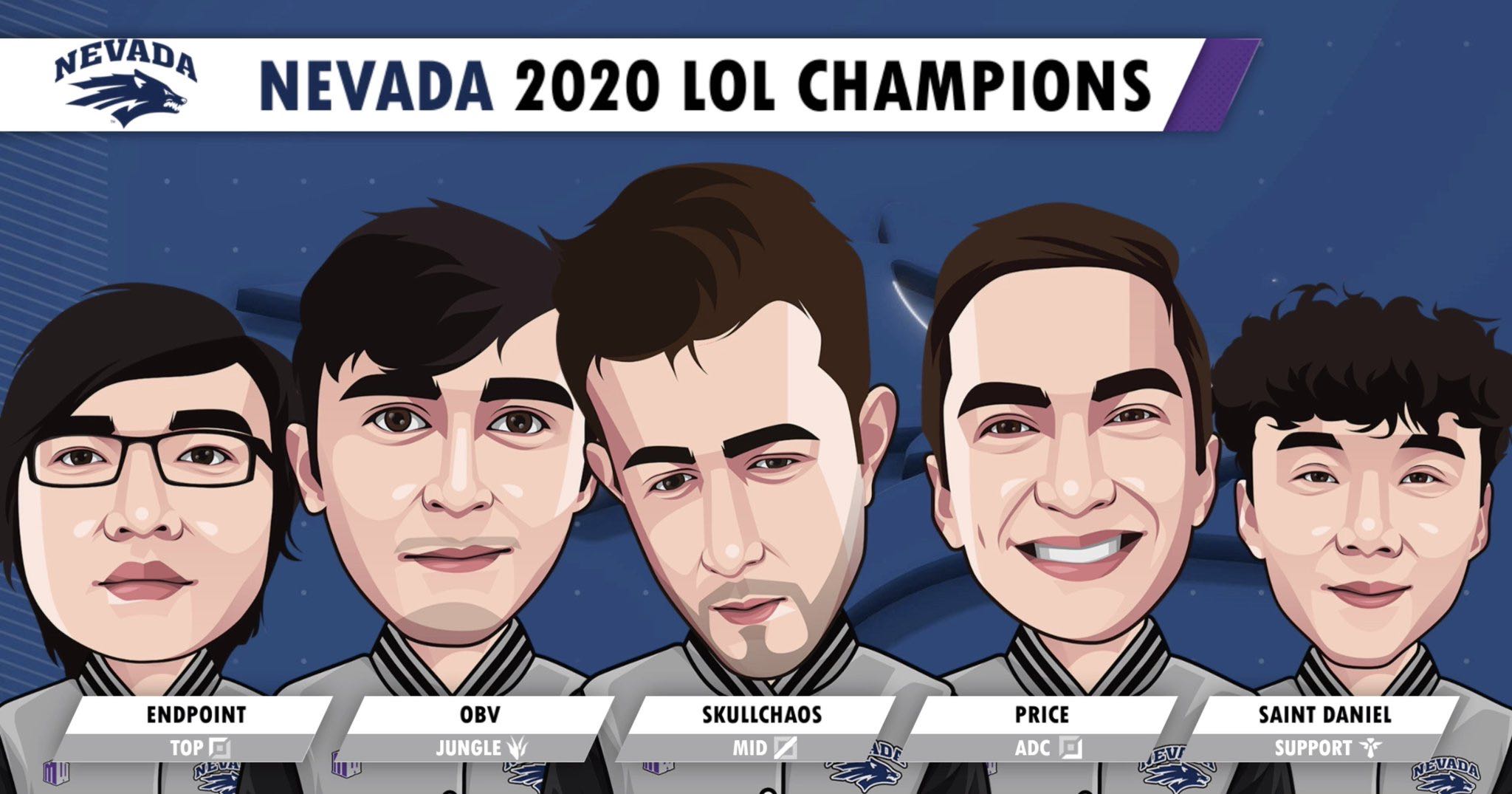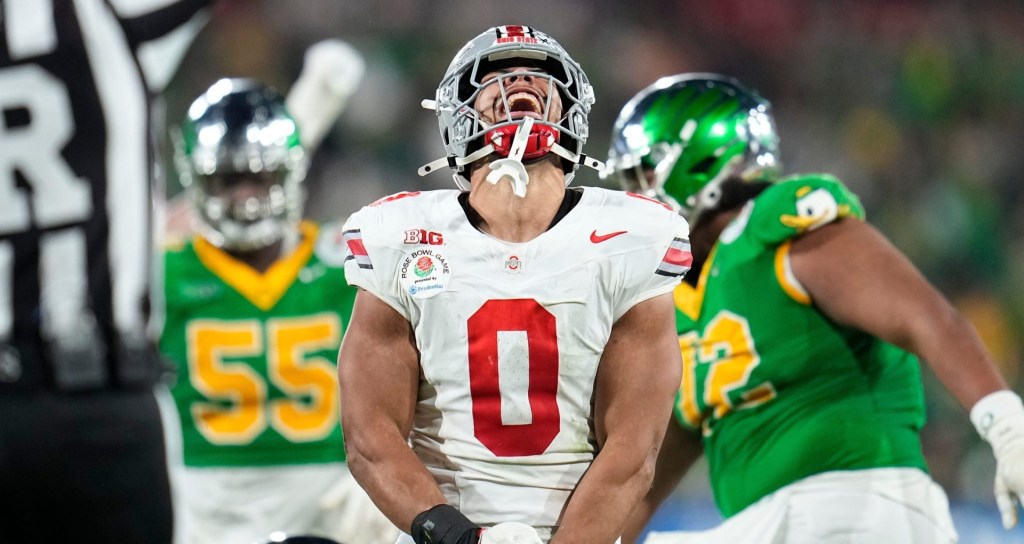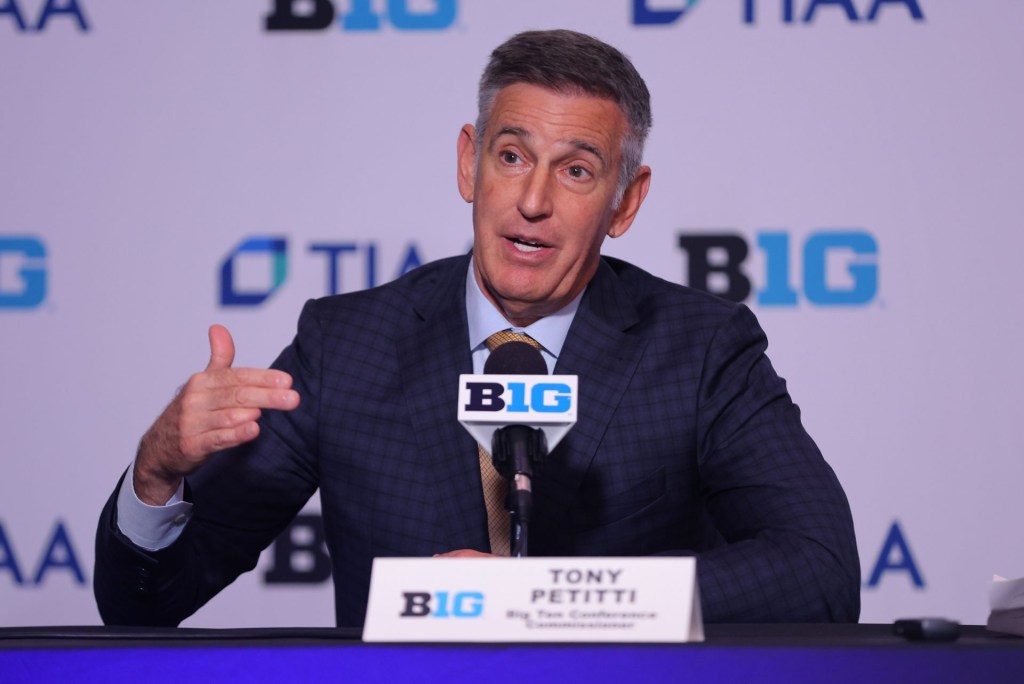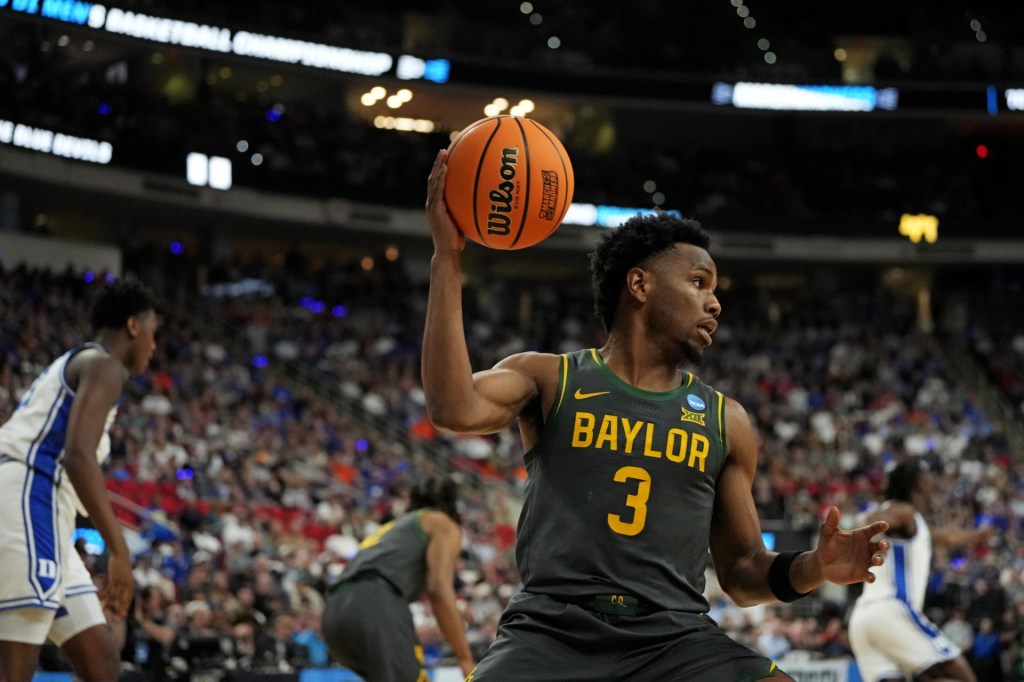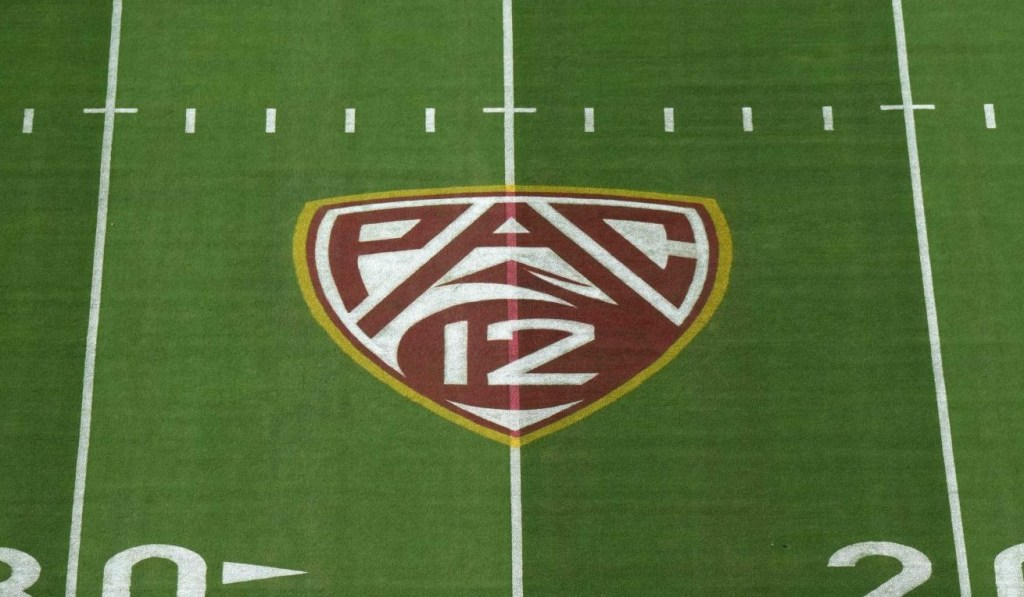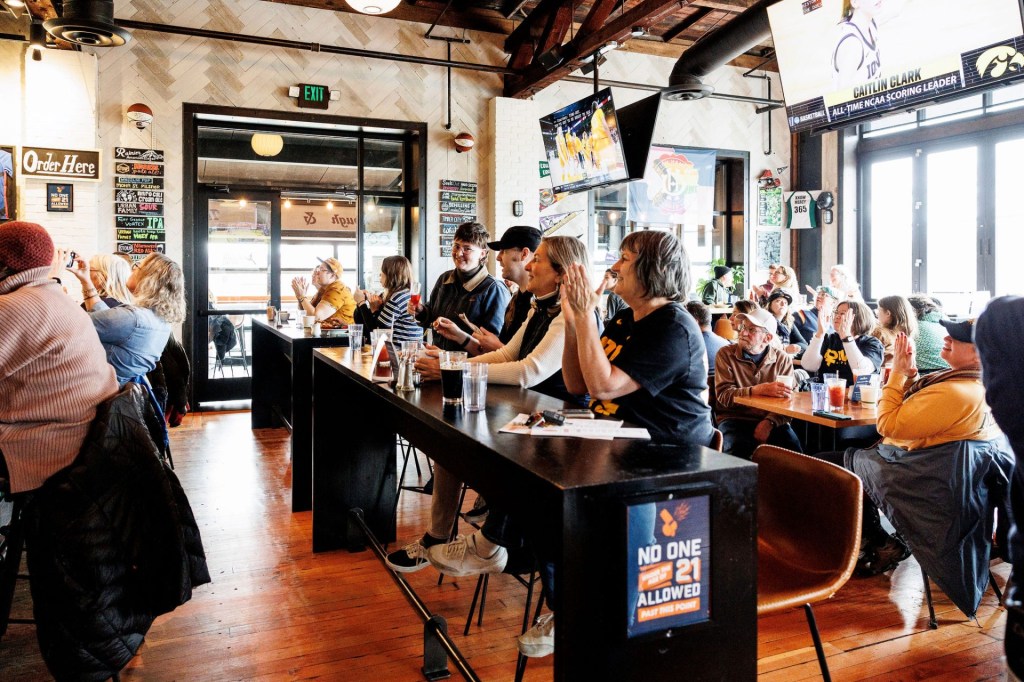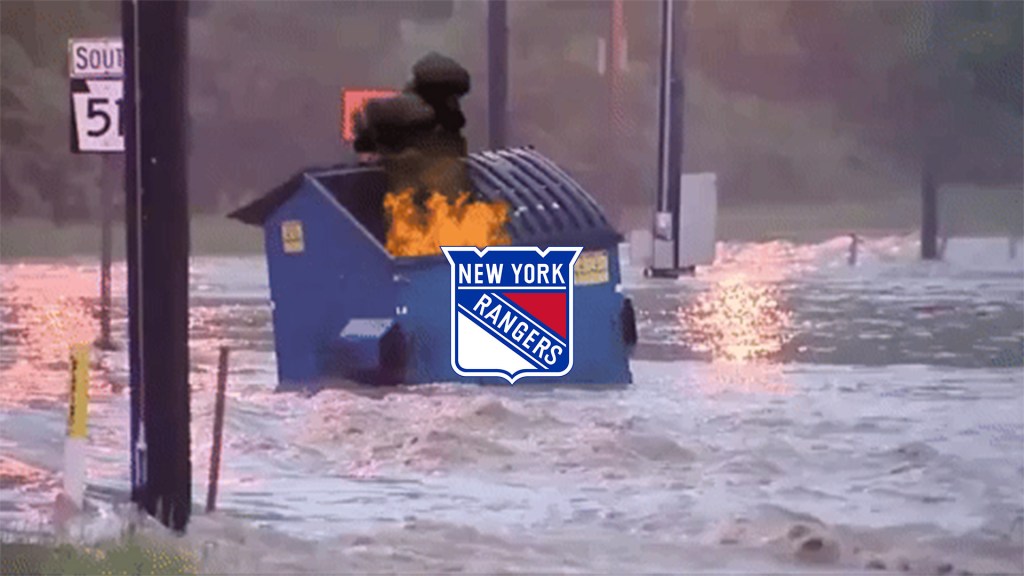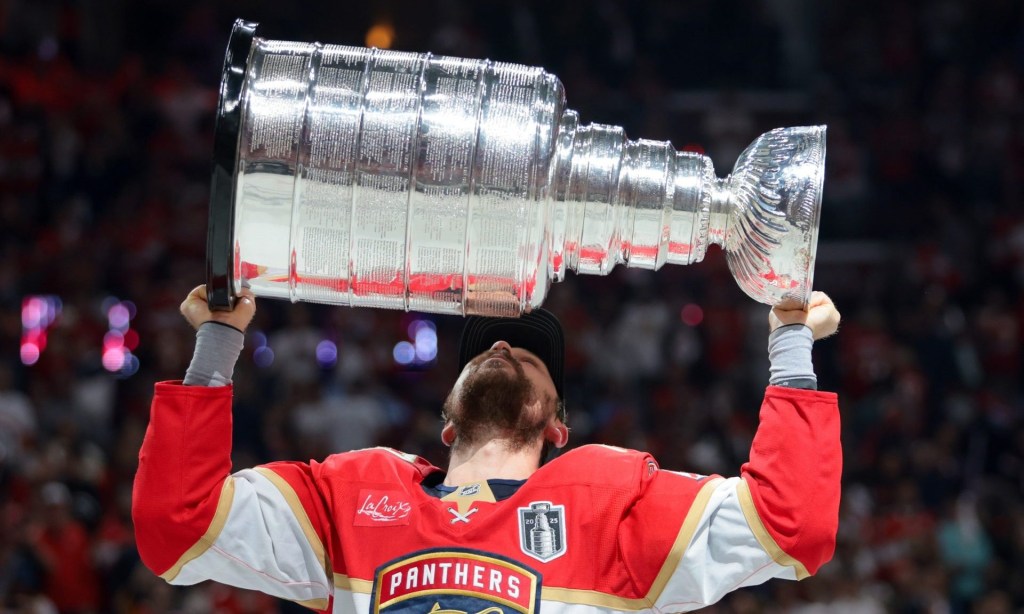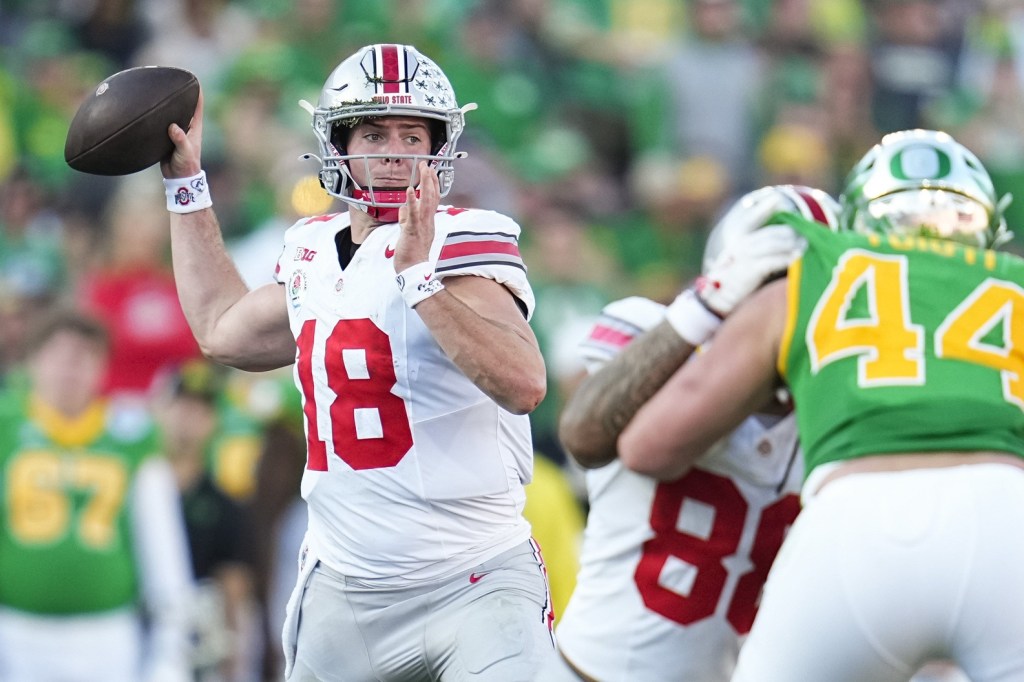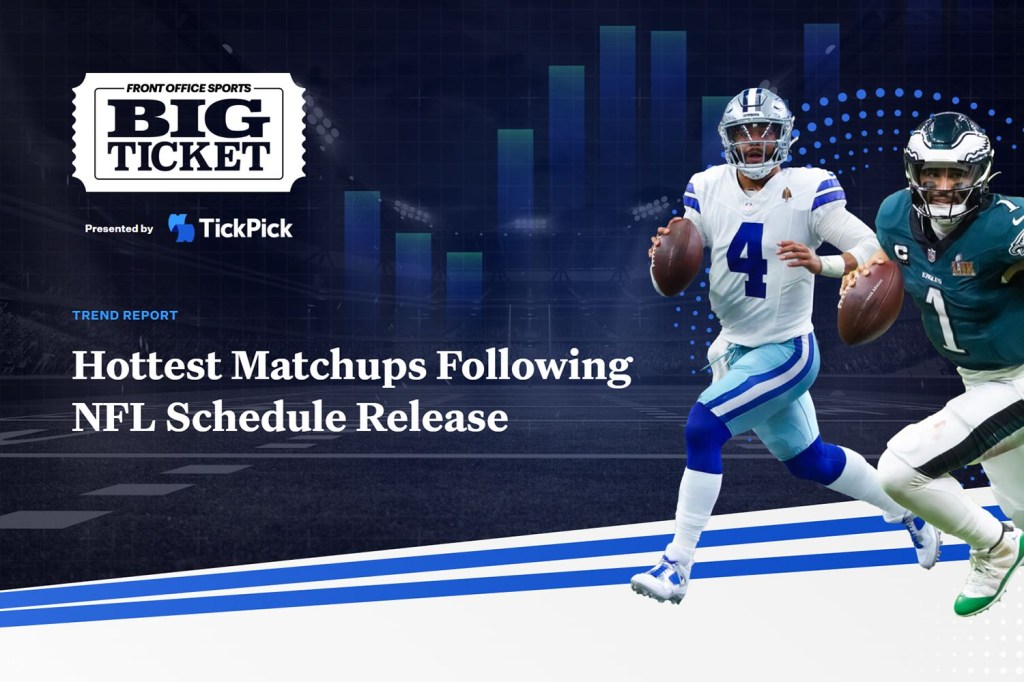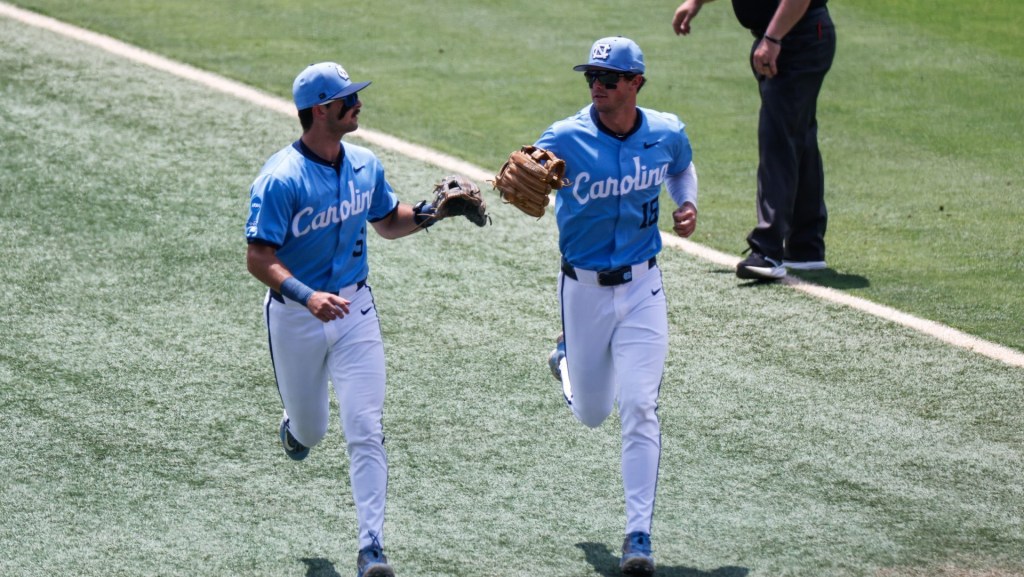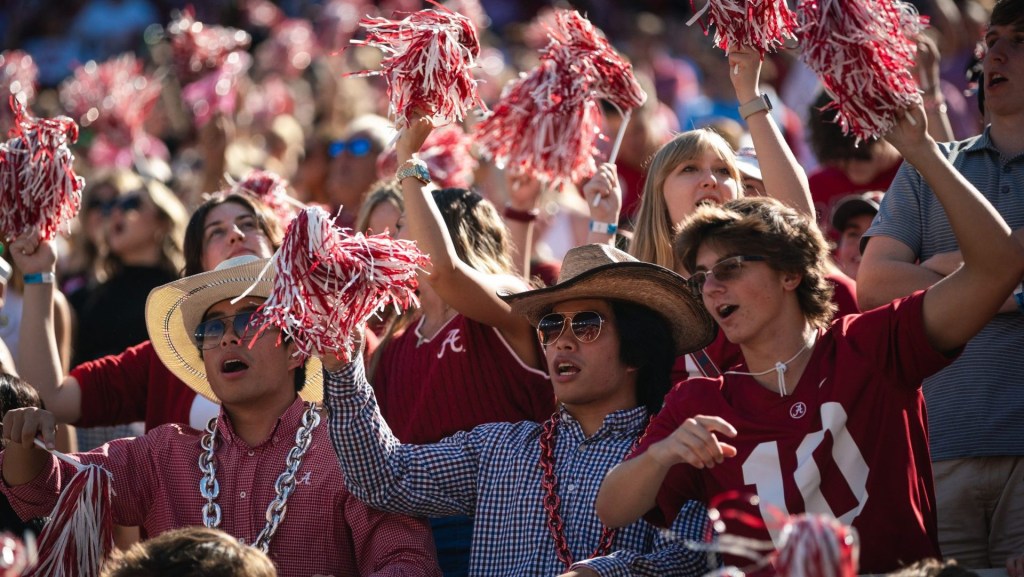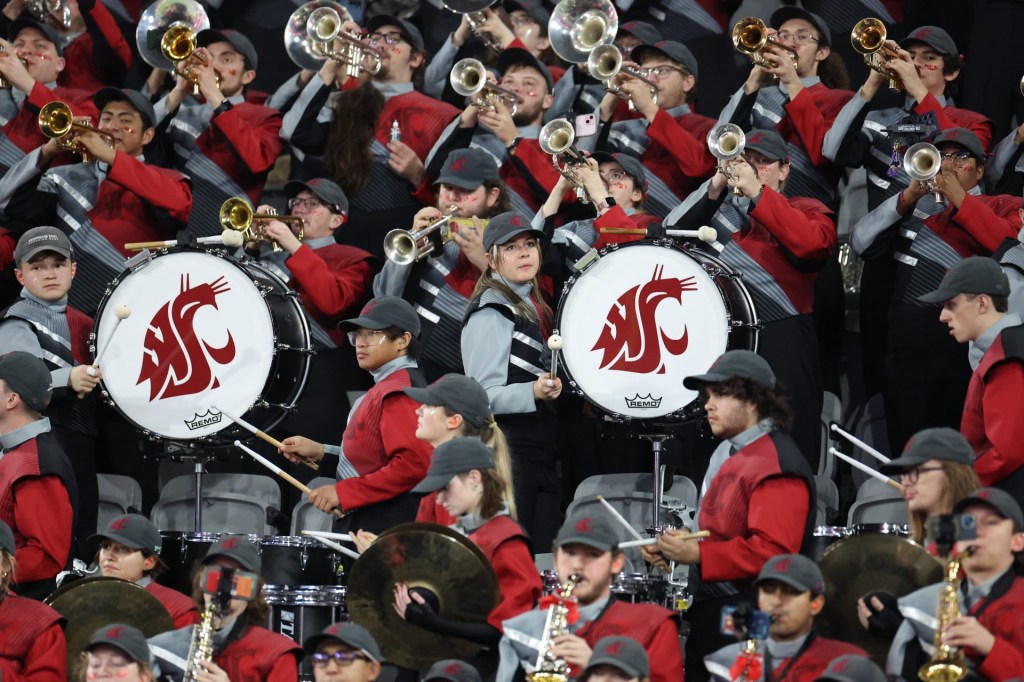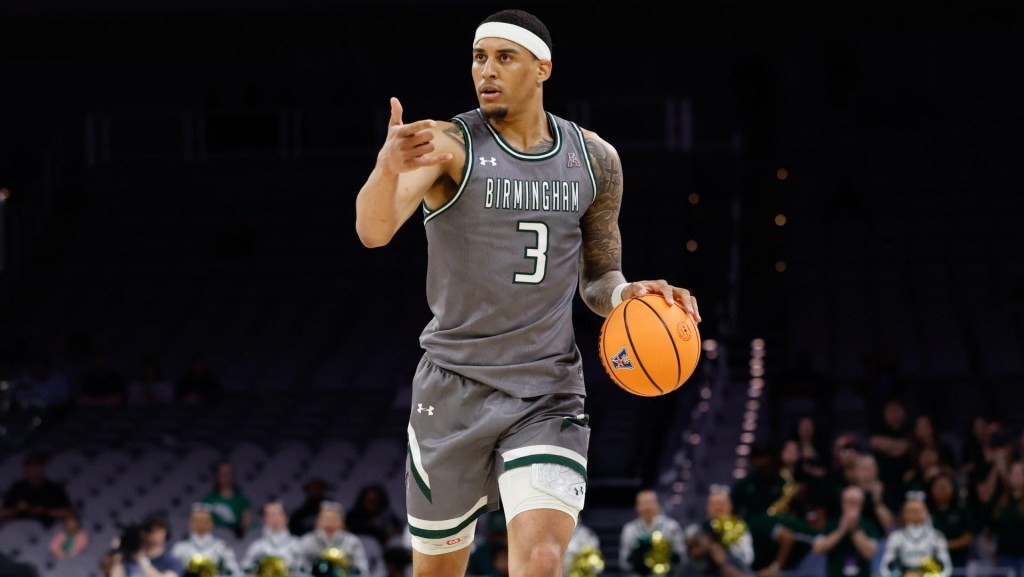The Metro Atlantic Athletic Conference was set to become one of the first Division I NCAA Conferences to hold its esports championships concurrently with its men’s and women’s basketball championships this month in Atlantic City.
But, as coronavirus-caused cancellations swept through the sports world, that feat never came to fruition as the basketball tournaments were shuttered.
However, the esports championship will continue, as the beauty of esports is that, in a time where live events are no longer possible, the digitally native competition can still be played.
“It was supposed to be a live in-person event because we wanted to really treat these student-athletes the same way we do all the rest of the players in the MAAC by allowing them to come to [a] conference championship, compete for trophies and compete for postseason play, just like anything else we do in college athletics,” Kiernan Ensor, esports consultant for the MAAC, America East and A10, said. “Now we have come to the decision that we are going to [still] compete. It’s gonna be different than we originally planned. But we are going to go ahead with our conference championship.”
The Mountain West, one of the first in the country to organize esports at the conference level, was the only collegiate body able to host its championship in-person, which took place in Las Vegas the first week of March.
And despite different set-ups, the conference championships signal a growing legitimacy of the sport within the NCAA landscape, one that was recognized even while live events were still taking place.
Esports have existed at individual institutions for several years, but bringing esports to the conference level is a newer phenomenon, with even larger entities, including the Big Ten and the Big East, also jumping on board.
“Esports are the gateway to the next generation of college athletics,” said MAAC Commissioner Rich Ensor. “Along with scholarships already being offered in esports, the next generation will have opportunities in broadcasting, streaming, and other business aspects of gaming. We are just providing exposure to esports. It is fun to watch, fast-paced, and eye-opening.”
In the absence of live sporting events, esports have taken on a more considerable significance throughout sports – from the Phoenix Suns’ players streaming NBA 2K games to F1 launching virtual events to La Liga reaching more than a million esports viewers across digital and linear channels.
Following in their footsteps, colleges and conferences across the country, alongside the Electronic Gaming Federation – the official governing body for major colleges, high school, and youth esports leagues – are resuming their places in the gaming realm.
The MAAC’s championship tournament will be played out over several days, while conferences like America East are considering hosting a sort of open play tournament across their colleges if there’s enough interest, Kiernan said.
“There are people inquiring almost daily about how to fill this content void in the collegiate sports marketplace and then a traditional sports marketplace,” he added. “So I believe there’ll be only more and more opportunities as we get further and further from our traditional sporting events taking place.”
The EGF announced Monday that regular league play will resume and is expected to finalize postseason opportunities for both schools that participated during the regular season and for other schools that did not. The goal is to capitalize on the unique advantages of esports. Still, the reality is that the marketplace in which esports exist is becoming increasingly crowded.
“I think we’ve all seen players and athletes head to Twitch these past couple of days to fill their void,” Ensor said. “Any number of basketball players have been trying to play their season virtually. And that’s been fun and entertaining, but it has also made a pretty crowded landscape only more so. So I think esports is filling the sports void to an extent, but it’s not connecting home with the average Joe sort of in the marketplace. It’s filling a void for those that were already interested in it.”
And while esports may be filling a content void for preexisting gaming fans at the professional and collegiate levels, the hope is that it will also help fill a connection void for colleges.
“Until you see more of the F1 series that we saw becoming more and more watched and entertaining to the average person, I think esports is just really serving a bigger purpose for colleges as a way to connect with their students during this time,” Ensor said. “Because that is something that a lot of schools are dealing with. You know, how do we stay connected to our student population? How do we maintain that connection cause it is so important to maintain it.”
Students have continued to express interest in playing in the planned esport events even while they are away from campus during the current health crisis. Their inability to gather together in person “hasn’t dampened their spirit to play or represent their school,” Ensor explained.
That same student interest in and personal connection to esports was a significant driving factor behind conferences and leagues exploring the space, to begin with.
And while there’s no NCAA championship in the esports space yet, the rapidly growing interest at the college level has also been driven by conference boards who see that as a possibility in the future – with both the Mountain West and Big East citing interest from their governing bodies as the impetus behind taking on esports at the conference level.
READ MORE: Major League Rugby Sends Players Home and Takes Tournament Online
After two board-prompted pilot seasons saw steady growth with an increasing number of students and schools participating in esports, Big East commissioner Val Ackerman said they voted 10-0 to commit to continuing the program for the next three years.
“We’re in it,” Ackerman said. “I think the hope of our board is that this could be a revenue-producing activity at some point. We have not hit that point yet [in] the Big East. I think it’s more of an expense category right now than a revenue line. But one of the long-term objectives was to see money is being made off of this.”
The Big East, now up to nine participating schools, has developed a relationship with ESL, the largest esports game operator, and put their programming on Caffeine – an esports platform with a close relationship with the league’s broadcast partner, Fox Sports.
The Mountain West also sees green in the future of competitive gaming – although it may be a ways away.
“I don’t know if it’s revenue-driving or profit-making, but I would like to see at least our event, and hopefully, our institutional events pay for themselves,” Mountain West senior associate commissioner Carolayne Henry said. “But one of the two, at some point, yes. The main thing [right now] is the experience that the students get.”
The student experience is as essential to these conferences that are spearheading collegiate esports, especially in the early stages, as future revenue and additional exposure.
And while a league like the Big Ten may have started esports teams as programming for their network – the conference moved beyond an esports pilot program in 2019 and worked with their network and ESL to launch the BTN League of Legends Season, which was also streamed on Twitch, YouTube, and Caffeine – the interest has expanded beyond that already.
“It’s sort of fascinating because our board has authorized this because they see this as forward-looking,” Ackerman said. “They like that it engages a different group of students. And some of our athletes, regular athletes, are video gamers. They’re doing it on the bus or a plane – they’re active. I hear about that with pro athletes, some of them being really competitive. So I think there is some crossover there. I think that’s [a] positive. If we can be more inclusive rather than less inclusive, let’s go in the right direction here. Why not?”
As with the Mountain West and the MAAC, the Big East’s esports teams are managed outside of athletics departments. School discretion is allowed as to where the programs will be placed within a university group’s purview. Still, with steady growth and student interest driving the current expansion, the shape of esports at different schools could soon change.
“In our case, we just sort of see it as a brand extension,” Ackerman said. “It’s another way to kind of position the Big East as more than just a sports conference. Our schools saw esports as another way that we could be distinctive and serve our students in a way that enhanced the Big East brand. And esports is growing among the pre-high school set. I think we’re going to see more and more of it as they come into campuses and I think campuses need to be ready for that.”
Some campuses with esports programs are already seeing an increased interest from that group of high school gamers looking to play in an organized setting in college.
READ MORE: NASCAR Leverages Star Racers In Digital Extension Of Season
“Every one of our institutions had esports in some form or fashion, and student-athletes were playing in collegiate events under the names of their institutions,” Henry said. “There just was no involvement from a conference level. So it’s not that we created it on the campuses – it already existed. And what we’re trying to do is to enhance it. And already, anecdotally, in terms of enrollment, we’ve seen an uptick somewhat for some of our institutions in particular with students asking whether they can participate on those institutions’ esports teams.”
The struggle those esports teams face in today’s climate as they try to continue play, however, stems from equipment. Ensuring that the gamers have the capabilities to play from home has presented a logistical challenge, especially for schools with smaller teams who don’t have as many gamers to sub in for the ones who might not be able to compete from off-campus.
Proper agreements and licenses with developers and IP holders must also be in place, as do content distribution deals. Most of the upcoming collegiate competitions will be broadcast in the digital space due to timing and rights issues, despite the demand from linear providers for content to air while traditional sports stay dark.
The continuation of esports during this era of event uncertainty – despite the hurdles – reflects the energy behind it.
“What’s fun about it is regardless of whether or not it’s esports or basketball or any other type of competition, the same excitement exists,” Henry said. “The same hard work is put in. It’s different than what we would consider conventional sports, [but] it’s a competition and people are very, very passionate about it.”
